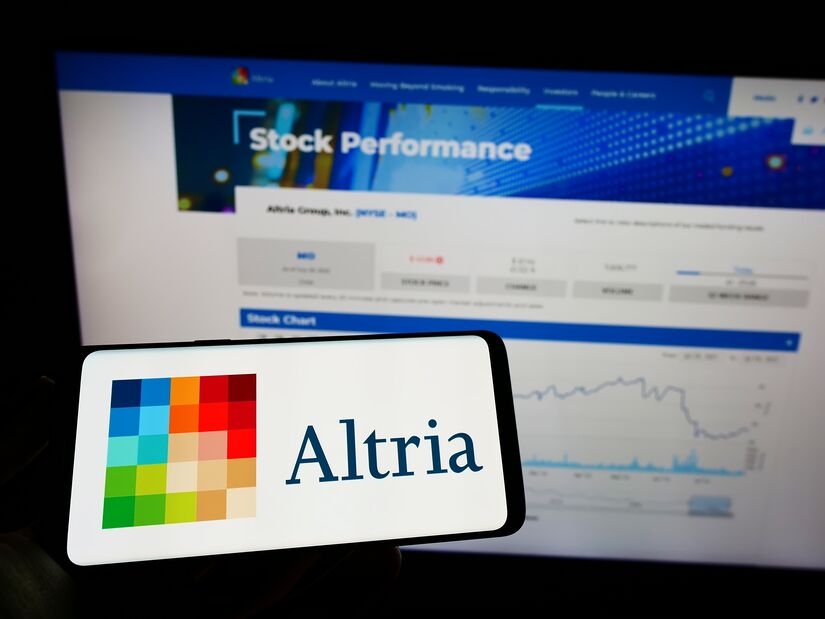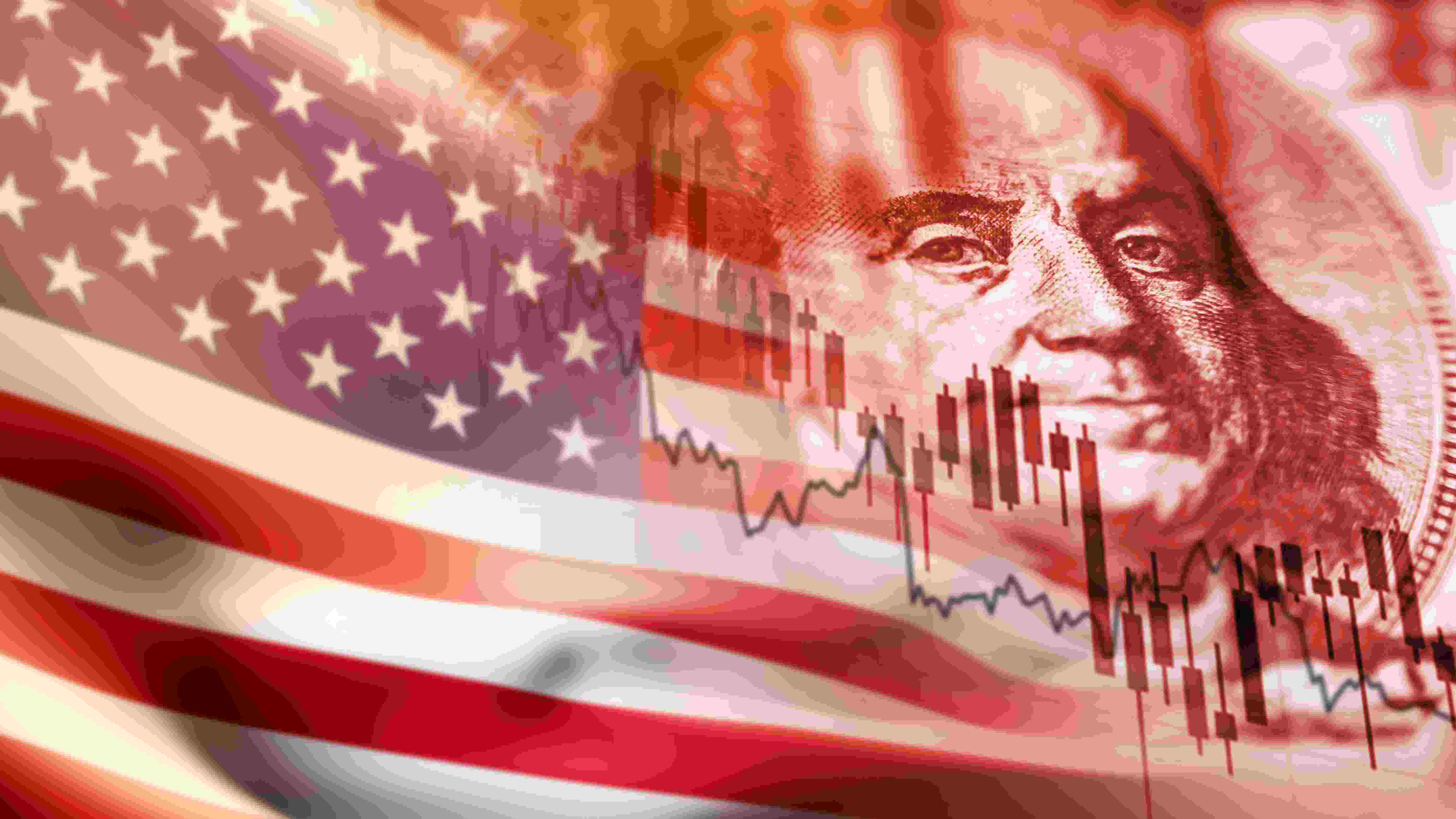TREASURIES-Treasuries bounce after big tariff shakeout, yields fall back

By Alden Bentley
NEW YORK, April 14 (Reuters) - Fear the U.S. Treasury market would lose its global preeminence abated on Monday, with bond buyers retesting the waters and yields retreating after last week's epic climb, even as more tariff headlines kept the confusion over trade policy alive.
Wall Street looked calmer across assets after U.S. President Donald Trump unveiled exemptions late on Friday for smartphones and computers from new tariffs on China, although he also said on Sunday that new tariffs on imported semiconductors would be announced this week, keeping rattled markets on edge.
Yields fell further after Federal Reserve Governor Christopher Waller said the major shock to the economy caused by the tariffs could lead the central bank to cut interest rates to forestall a recession, even if inflation remains high, or not, if they turn out to be a negotiating tool.
"There's still a lot of anxiety, and that's giving Treasuries some support just on a haven trade coming back in," said Kim Rupert, managing director of fixed income at Action Economics in San Francisco. "But Waller's comments were dovish. So I think that's helped extend, and earlier, before he was speaking, Wall Street's gains had faded a bit."
"The combination of Waller and Wall Street are just helping boost Treasuries to the highs of the day, price-wise or lows of the day yield-wise."
The yield on the benchmark U.S. 10-year Treasury note US10YT=TWEB fell 12.5 basis points on the day to 4.368%, after surging to a two-month high at 4.592% on Friday and ending with the biggest weekly gain since late 2001 - up about 50 basis points.
TAKING A BREATH
With markets closed this Friday, investors and traders were ready for a breather from last week's chaos. Retail sales data and a presentation by Fed Chair Jerome Powell on Wednesday keep the door open for more volatility, even if news from the administration is limited.
Hedge funds and other asset managers offloaded bonds last week, sending yields sharply higher, after receiving margin calls and posting sharp losses from market volatility, analysts said.
"Although the dollar is a long way off from losing its de facto role as the global currency, elevated policy uncertainty makes the USD and Treasuries marginally less attractive as a haven," Will Compernolle, macro strategist at FHN Financial, wrote in a client note published on Monday.
Leveraged investors in particular have been hurt by market whipsaws after Trump on April 2 announced bigger-than-expected tariffs on trading partners, but then offered a 90-day pause for most countries on Wednesday.
The unwinding of basis trades, a popular strategy in which investors seek to profit from the difference between cash Treasuries and futures prices, was cited as a large factor behind last week's volatility. But data released late on Friday by the Commodity Futures Trading Commission on positions held by large traders and speculators such as hedge funds did not confirm the suspected unwinding, indicating instead that basis trades in the bond market are alive and well.
Lou Brien, market strategist at DRW Trading in Chicago, said short-term players probably saw opportunities to get back into bond positions after the liquidation. The worry about foreign investors shunning dollar-based investments, even the super-deep and safe Treasury market, was mitigated somewhat by strong auctions of 10-year and 30-year Treasuries last week, although a weak three-year sale did not help the picture.
"Some of it may be flows as well, obviously, we went a long way and unless you're committed to it, if you're more of a trader, then it's not a bad spot to cash in," Brien said.
The two-year US2YT=TWEB U.S. Treasury yield, which typically moves in step with interest-rate expectations, fell 11.9 basis points to 3.835%.
The yield on the 30-year bond US30YT=TWEB fell 7.7 basis points from late Friday to 4.798%.
A closely watched part of the U.S. Treasury yield curve measuring the gap between yields on two- and 10-year Treasury notes US2US10=TWEB, which is seen as a gauge of economic growth expectations, was at a positive 53.1 bps, slightly steepened from 52.4 bps late on Friday. Last week the two-year/10-year curve reached 74 bps, its steepest since January 2022.
Trump's tariff war will put the Fed in a pickle if a recession comes and inflation moves away from the Fed's 2% target. The term structure in fed funds futures 0#FF: shows traders are betting on at least a 25 basis point cut by the Federal Open Market Committee at each of its June, July, October and December meetings. The rate has been at 4.25% to 4.50% since December.
The breakeven rate on five-year U.S. Treasury Inflation-Protected Securities (TIPS) US5YTIP=TWEB was last at 2.398% after closing at 2.401% on April 11.
The 10-year TIPS breakeven rate US10YTIP=TWEB was last at 2.24%, indicating the market sees inflation averaging about 2.2% a year for the next decade.




